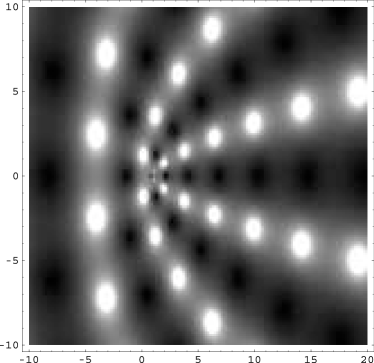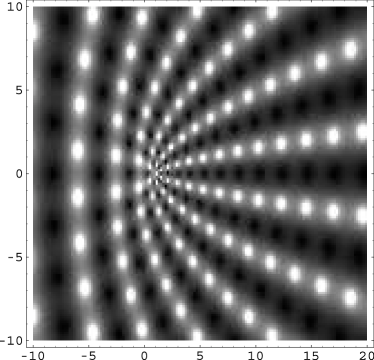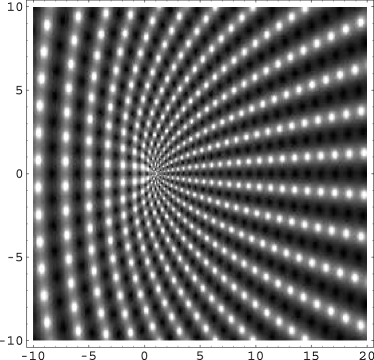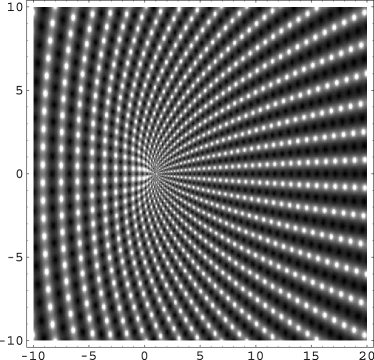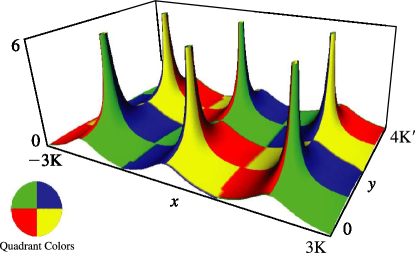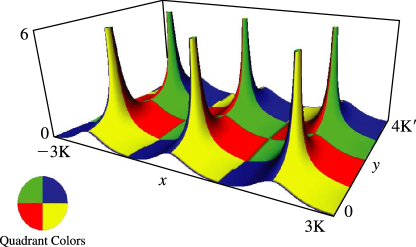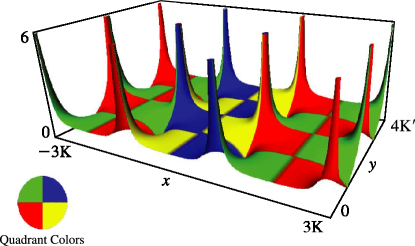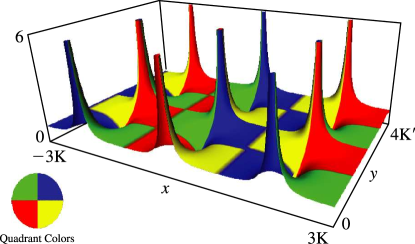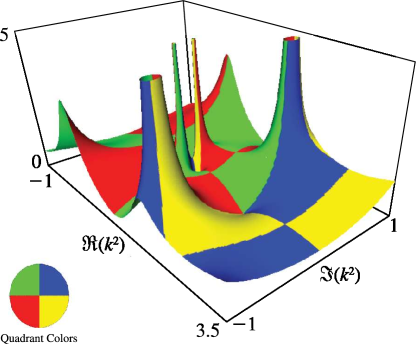§22.3 Graphics
Contents
- §22.3(i) Real Variables: Line Graphs
- §22.3(ii) Real Variables: Surfaces
- §22.3(iii) Complex ; Real
- §22.3(iv) Complex
§22.3(i) Real Variables: Line Graphs
Line graphs of the functions , , , , , , , , , , , and for representative values of real and real illustrating the near trigonometric (), and near hyperbolic () limits.
§22.3(ii) Real Variables: Surfaces
, , and as functions of real arguments and . The period diverges logarithmically as ; see §19.12.
§22.3(iii) Complex ; Real
In the graphics shown in this subsection height corresponds to the absolute value of the function and color to the phase. See About Color Map.
§22.3(iv) Complex
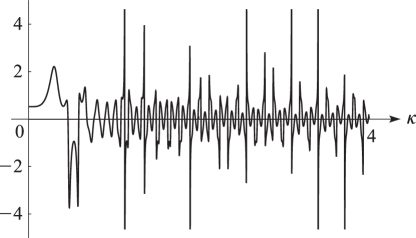
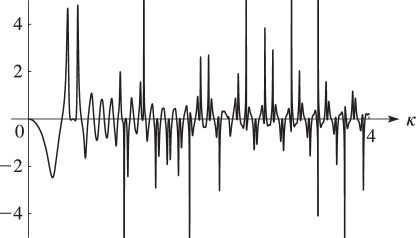
In Figures 22.3.24 and 22.3.25, height corresponds to the absolute value of the function and color to the phase. See p. About Color Map.
